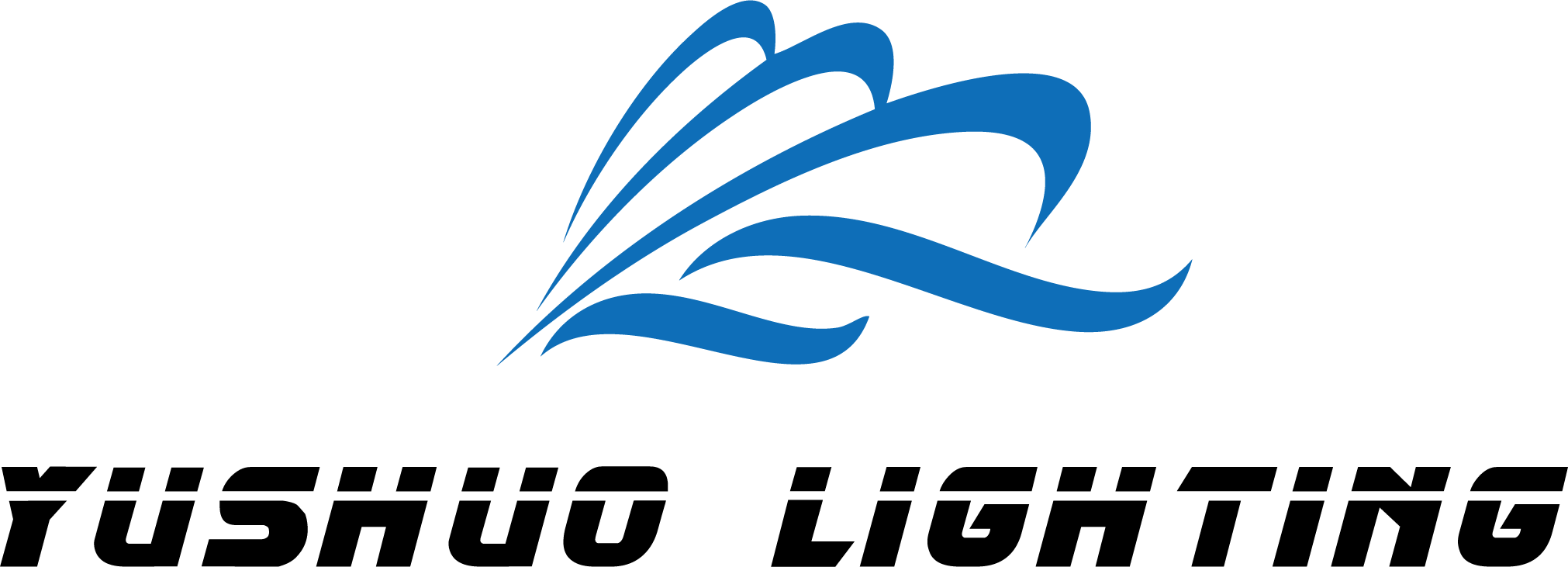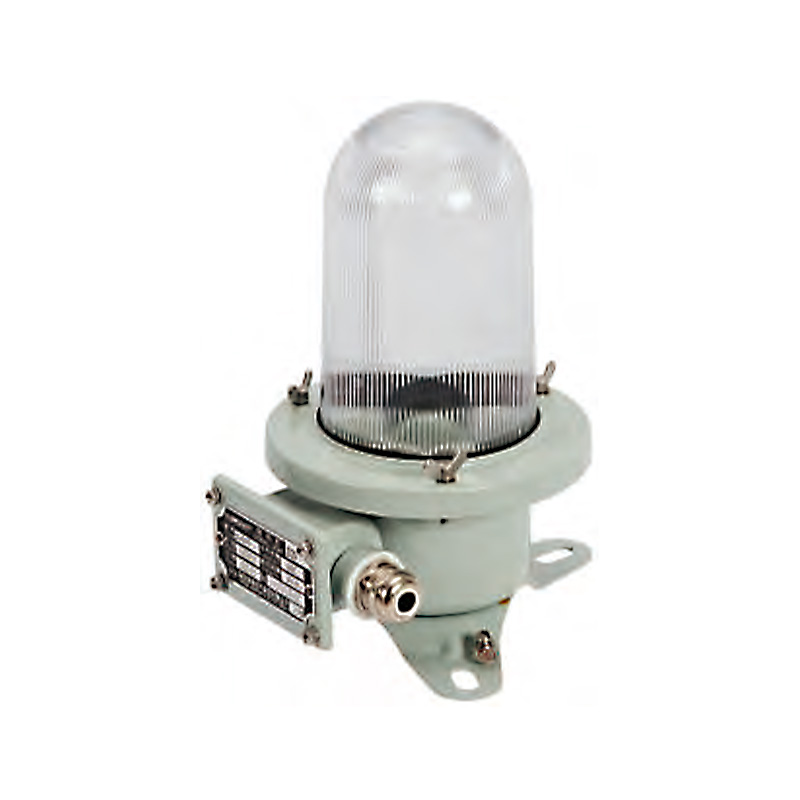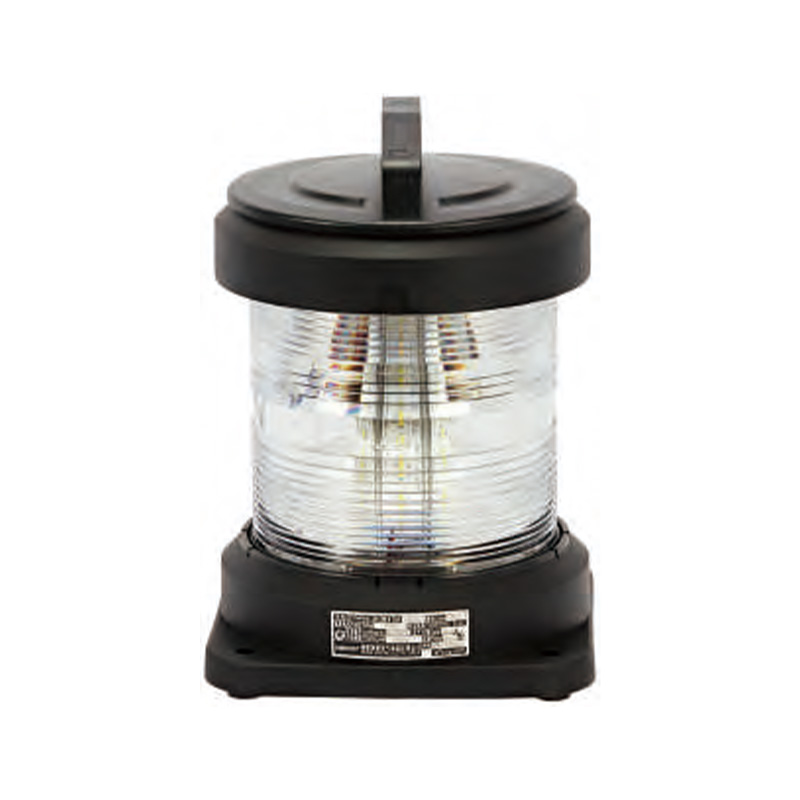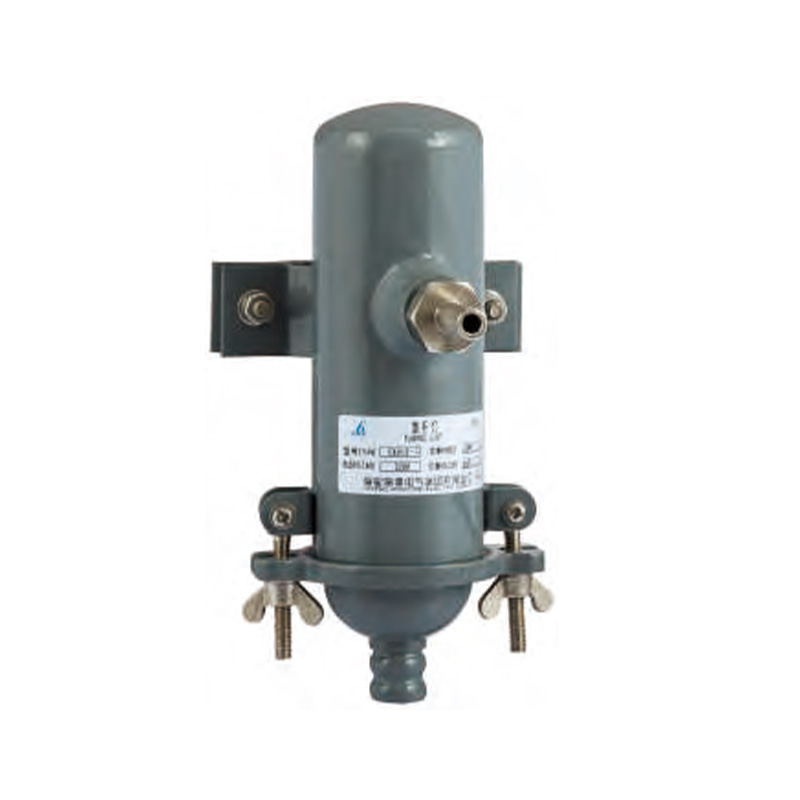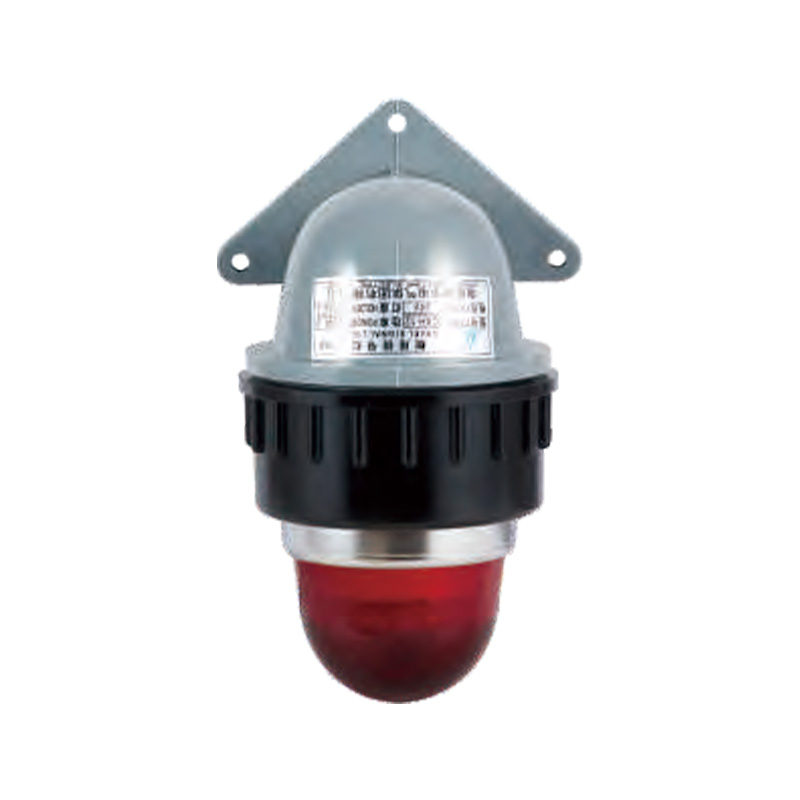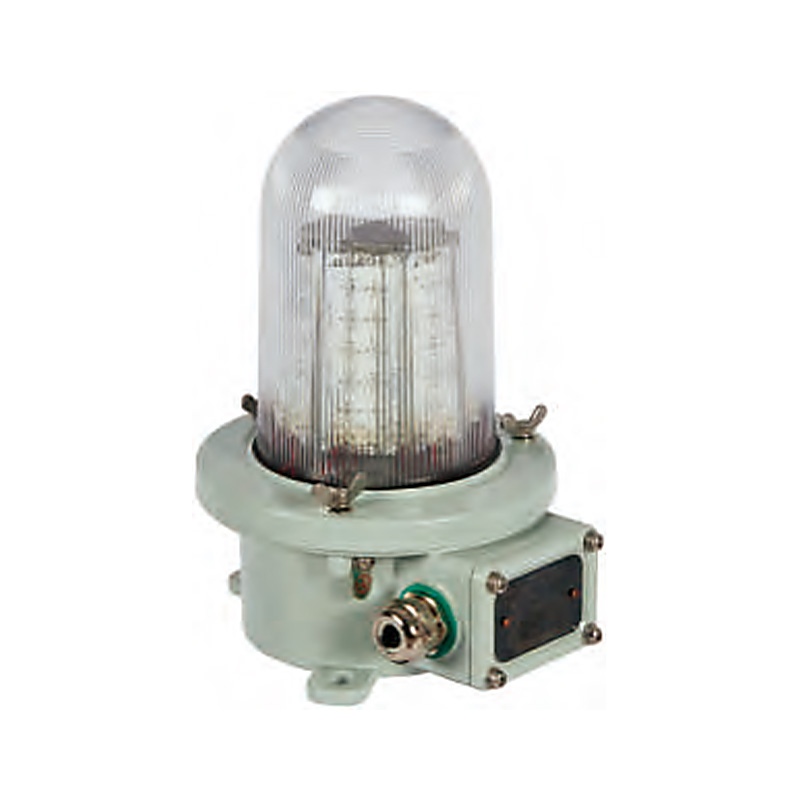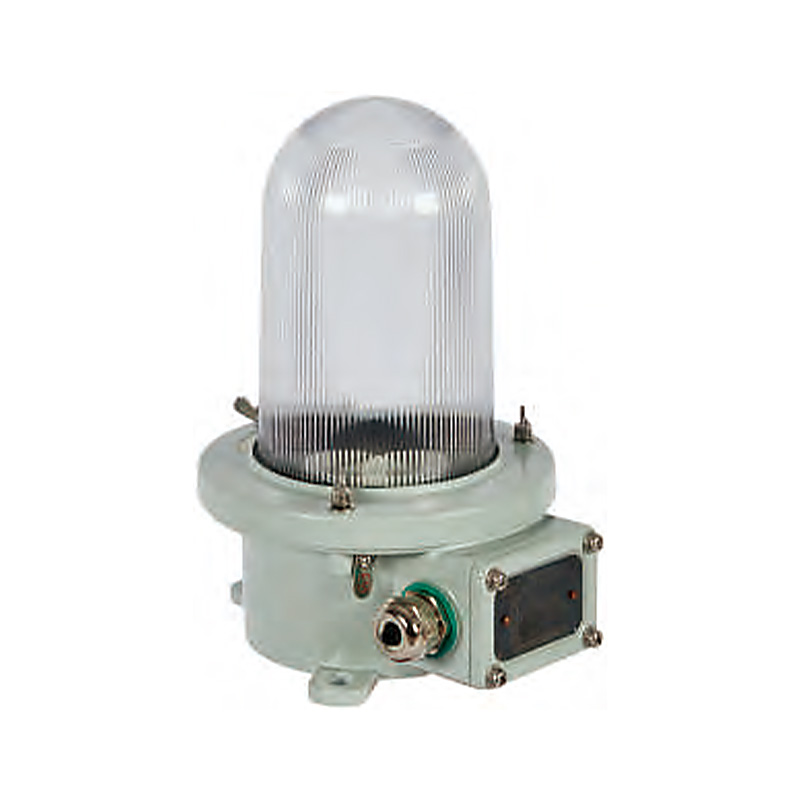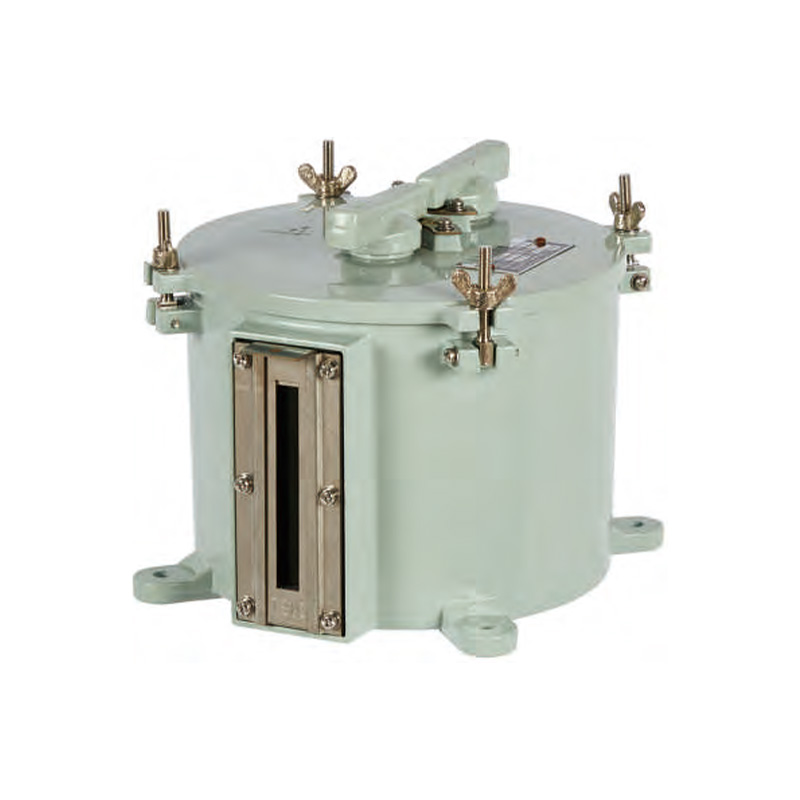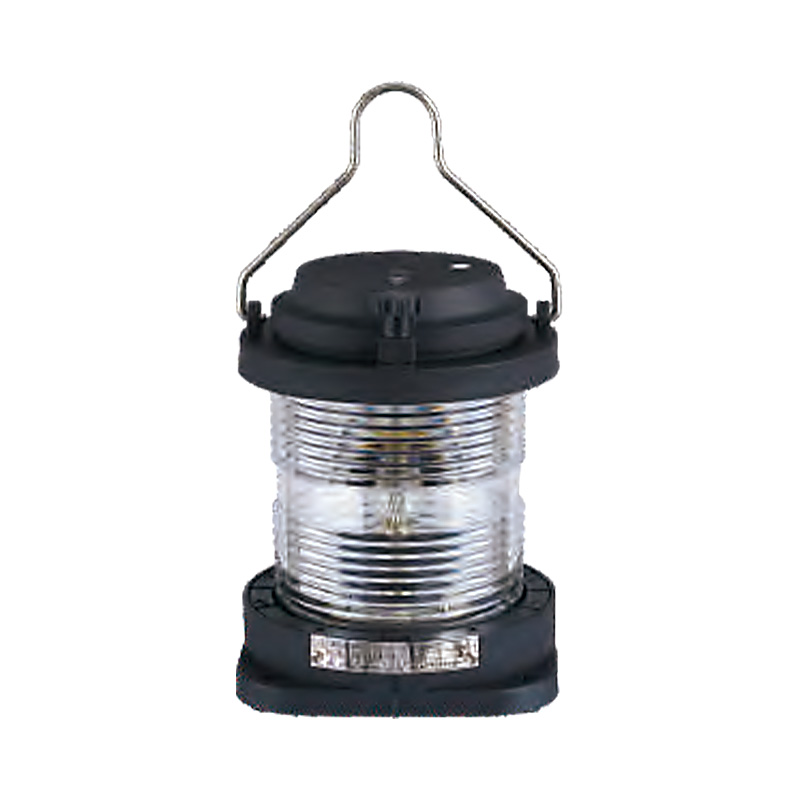Regulations for Inland vs. Sea Marine Navigation Lights
The marine navigation lights are vital safety elements that allow vessels to recognize each other’s location, direction and operational status at low or no-visibility times at night. While the fundamental principles of navigation lights are consistent throughout all waterways, particular regulations governing inland waterways and open seas differ. These variations are necessary to allow for various traffic patterns, vessel density and navigational challenges.
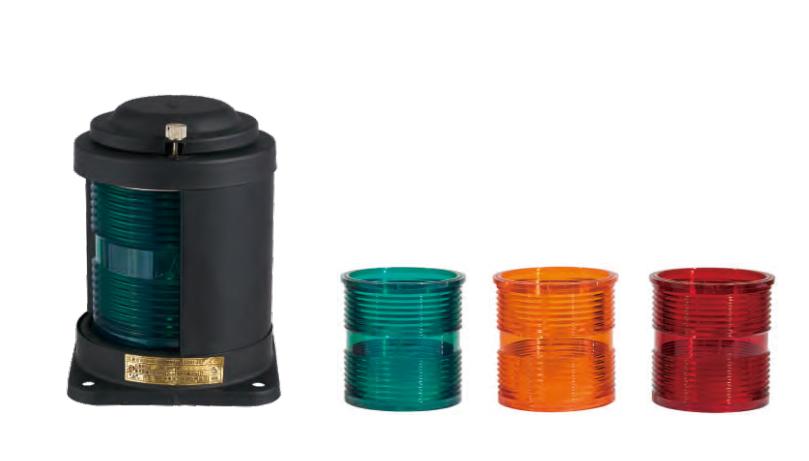
Table of Contents
Overview of Navigation Light Regulations
The requirements for navigation lights are determined by national and international rules. They are based on the International Regulations for Preventing Collisions at Sea (COLREGs), developed in the International Maritime Organization (IMO) is the worldwide standard for vessels operating in the seas high and coastal waters. In inland waterways, numerous countries have adopted Inland Navigation Rules, which are usually derived from, however slightly altered compared with COLREGs to accommodate local circumstances.
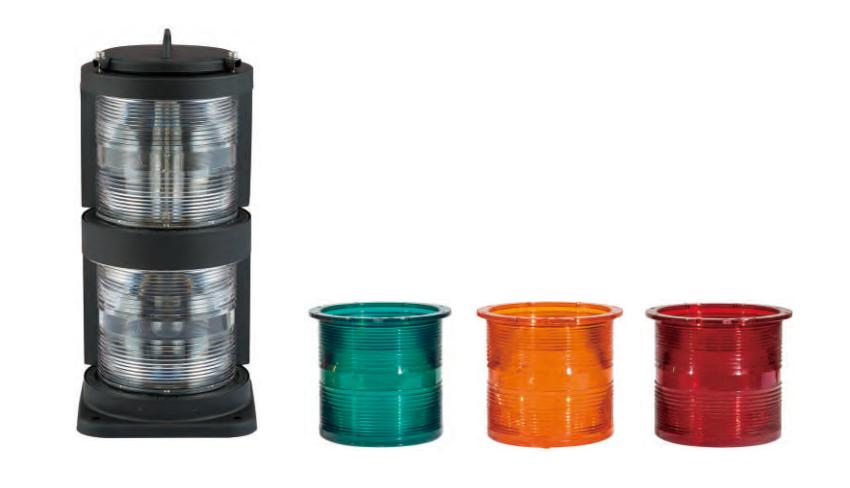
Understanding Inland Waterway Navigation Light Regulations
Inland waterways, like lakes, rivers and canals, act as essential routes for commercial transportation as well as passenger ferries and recreational vessels. Since these waterways are more narrow and more frequent than open oceans and clear identification of vessels with navigation lights is essential for avoidance of collisions, especially during nighttime operations or when there is the rain or fog or other conditions with low visibility.
1. Governing Standards
Light rules for navigation in waterways generally rely on regional or national laws however, they are often aligned close to the International Regulations for Preventing Collisions at Sea (COLREGs). For example:
- In the United States, inland vessels adhere to rules of the U.S. Inland Navigation Rules which are which are administered by the U.S. Coast Guard.
- In Europe, the rules are laid out through the European Code for Inland Waterways (CEVNI).
- In Asia, the countries that are individual like China or Japan are each governed by their unique code for inland navigation which are modeled on international standards however, they are adapted to local requirements.
2. Key Requirements for Inland Navigation Lights
- Color and Position of Lights
- Masthead Light (White): It is placed on the fore and aft centerline. It is visible above 225°.
- Sidelights (Red and Green): Red on port (left) Green on the starboard (right) The lights are visible above 112.5°.
- Stern Light (White): Set close to the stern, visible above 135°.
- All-round Light (White or Color-specific): Used in smaller boats, for towing or for special circumstances.
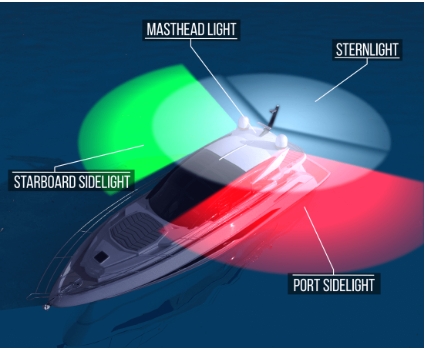
b. Visibility Ranges
Visibility distances are usually less than the distances required in the sea because of the lower speed and the proximity of vessels:
- Power-driven vessels less than 12 meters have lights that are that are visible for 2 nautical mile (masthead) or 1 nautical miles (sidelights/stern).
- Vessels with a diameter of 12 meters or more can be seen with lights for three nautical miles or more.
c. Light Configuration for Different Vessel Types
| Vessel Type | Required Light Configuration | Purpose |
| Power-driven vessel (underway) | Masthead, sidelights, stern light | Indicates direction and speed |
| Anchoring vessel | All-round white light | Signs of a stationary state |
| Pushing or towing vessels | Two masthead lights horizontally, along with sidelights and an stern | Indicates the towing activity. |
| Sailing vessel | Green and red sidelights with red and green sidelights; an optional all-round red over green | Identifies movements that are not powered |
| Small Craft (under seven meters) | A single white light that is all-round. | Simple identification for operation at low speeds |
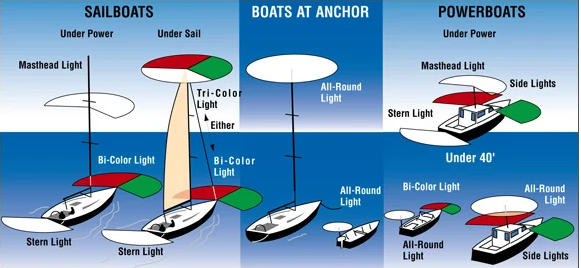
3. Special Inland Provisions
Flashing and Other Lights Certain inland waterways permit flashing amber light on workboats, ferryboats, or pilot vessels to aid in identification in areas with high traffic.
- Local Modifications: The authorities could make additional rules based upon local circumstances, like access to bridges, locks or docks for industrial use.
- Daytime Equivalents: Some in-land regulations require day forms (e.g. cones, balls) to signify operating status even when light sources are not visible.
- Demarcation Lines: Clear demarcation lines mark the places where light rules for inland stop and the sea (COLREG) rules begin. vessels have to change their configurations in line with the rules.
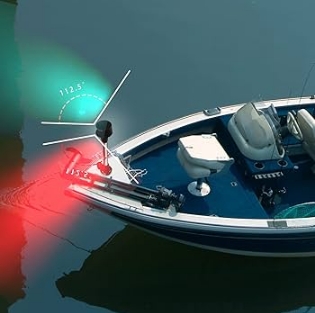
Understanding Sea Navigation Light Regulations
Regulations for sea navigation lights are the base of secure navigation on the oceans, waters, and the coastal waters. They allow ships to distinguish between one’s dimensions, type, direction of travel, as well as operating status at night or in limited visibility. The rules are internationally standardized to make sure that every mariner regardless of their nationality, can recognize the same light configurations and to avoid collisions.
1. Governing Framework
The International Regulations for Preventing Collisions at Sea (COLREGs), adopted by the International Maritime Organization (IMO) serves as the global legal norm for lighting for navigation on all vessels operating outside of the inland demarcation lines. Nearly all maritime countries have integrated COLREGs into their legislation, which guarantees uniform lighting standards across territorial and international waters.
The COLREGs are not only the colors, types, and angles of visibility of navigation lights, but as well their location and operating conditions, including whether the vessel is in motion or anchored, or is restricted in its movements.

2. Key Objectives
- Collision Prevention: Through sending signals to indicate direction, type and the activities of vessels.
- Standardization: ensuring that mariners across the globe are able to recognize other vessels by using the same lighting system.
- Safety and Awareness: Increasing perception and visibility in the open water in areas where distances and speeds are higher than in zones of inland.
- Operational Clarity: Giving precise light signals for vessels that are engaged in fishing, towing drilling, or restricted maneuvering.
3. Basic Lighting Requirements for Navigation Under COLREGs
a. Standard Colors and Arcs of Visibility
Masthead Light (White):
- The forward view is along the centerline of the vessel.
- Visible at 225°, it extends from directly ahead towards 22.5° in the direction of the beam to both sides.
Sidelights:
- The starboard side is green and red to the side facing port.
- Each beam is visible for 112.5° in the direction direct ahead, to 22.5° to the left of the beam.
Stern Light (White):
- Aft, visible over 135° and covering 67.5°on both sides of the stern of the vessel.
All-round Light:
- A white or red, green or yellow light that is visible for 360°. It is used to determine the temperature of circumstances (e.g. vessels that are anchored or trolling vessels).
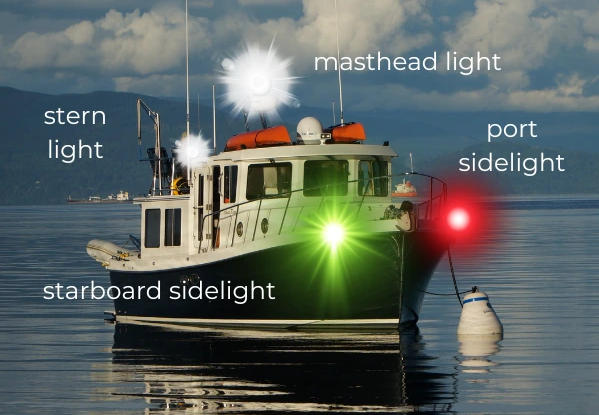
b. Visibility Ranges based on Vessel Size
| Vessel Length | Masthead Light | Sidelights | Stern/All-round Light |
| Below 12 meters | 2 nautical miles | 1 nautical mile | 2 nautical miles |
| 12-50 meters | 5 nautical miles | 2 nautical miles | 2 nautical miles |
| Over 50m | 6 nautical miles | 3 nautical miles | 3 nautical miles |
4. Lighting Configurations for Different Vessel Types
| Vessel Type | Required Light Configuration | Function |
| Power-driven vessel (underway) | Masthead, sidelights, stern light | Indicates power-driven movement and direction |
| A vessel at anchor | Two or three white lights that are all-round | Signs of a stationary state |
| Vessel involved in towing | Two masthead lights in a vertical line and yellow towing light over the stern | Indicates operation to be tow |
| Vessel restricted by draft | Three red lights all-around in a vertical line | Does not have the ability to maneuver |
| Sailing vessel | Red (port) and green (starboard) sidelights; optional all-round red over green | Indicates a non-powered movement |
| Vessel for fishing (trawling) | Green and white all-round lights as well as sidelights | Signals for trawling operation |
| Pilot vessel | All-round white lights with red over white | Identifies vessels that are engaged in the piloting duties |
5. Special Considerations at Sea
- Demarcation Lines: If an vessel has crossed from waters in the inland to the ocean, it has to be in compliance with COLREG lightweight standards.
- Multi Deck Levels: Larger vessels typically include lower and upper masthead lights that increase the visibility from a distance.
- Overtaking Situations: The color of the lights visible to vessels coming towards them (red green, red or white) determines the right of way and rules of maneuvering.
- Weather Adaptations: Sea navigation lights should be visible even in adverse weather conditions like heavy fog or rain.
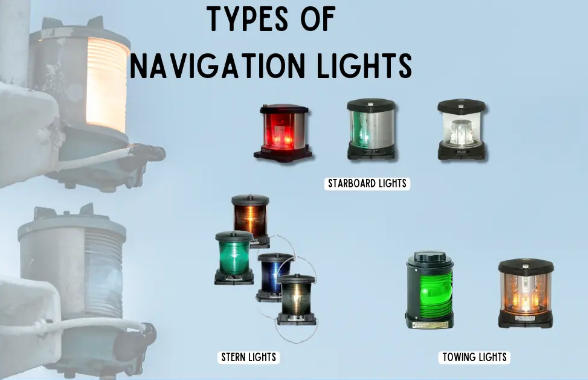
Key Differences Between Regulations for Inland and Sea Marine Navigation Lights
| Aspect | Inland Navigation Light Regulations | Sea Navigation Light Regulations |
| Governing Authority | Regional or national maritime agencies (e.g., U.S. Coast Guard, CEVNI in Europe) | International Maritime Organization (IMO) under COLREGs |
| Applicable Waters | Lakes, canals, rivers and other waterways that flow into the inland. | Oceans, seas and coastal waters that extend beyond demarcation lines |
| Primary Objective | Improve safety in confined and congested waterways | Make sure that there is a uniform international collision prevention on the sea |
| Visibility Range | Shorter (typically 3 nautical miles) due to the small area and slower speeds | Larger (up up to six nautical miles) to allow for greater distances and faster speeds |
| Light Configuration | Could include localized modifications or flashing lights for specific vessels | Globally standardized with an arc color, fixed color and positions rules |
| Traffic Conditions | High-density, close-range vessel movement | Operation of long-distance vessels in open water |
| Authority of Enforcement | Port authorities or maritime authorities local to the area | National and international maritime enforcement agencies |
| Special Provisions | Regional variations are permitted (e.g. amber light bulbs, lower visibility distances) | A strict adhesion to international standards, with some local variations |
| Demarcation Line | Defines the place where inland rules come to an end and vessels are switched to lighting at sea beyond this point. | Begins beyond the inland limit; COLREG rules fully apply |
| Operational Focus | Moving through narrow channels, locks and harbors | Navigation through open oceans international shipping lanes and zones along the coast |
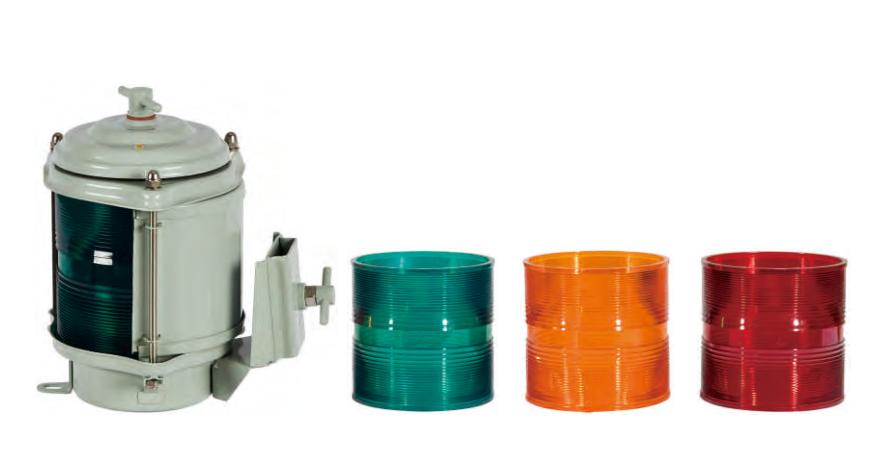
Key Practices for Ensuring Compliance of Inland and Sea Navigation Light Regulations
The compliance with inland and sea navigation light regulations is an essential requirement for safe and legal vessel operation. When a vessel travels on a narrow waterway in the inland or traversing ocean routes of immense size complying with the appropriate lighting regulations will ensure that other vessels can correctly detect its movements as well as its type and operational state. To ensure compliance, operators need to be able to combine technological accuracy as well as proactive maintenance. trained personnel.
1. Correct Installation and Alignment of Navigation Lights
Correct placement and the proper alignment of navigation lights is essential to ensure that other mariners are able to understand the position and direction of a vessel precisely. Lights should be installed according to the arcs specified for visibility such as masthead lights with the 225° range, sidelights that cover 112.5° each and stern lights that cover 135°. In inland waterways, a few smaller vessels can use one all-round white light, whereas vessels that travel on seas must adhere to all COLREG requirements according to dimensions and class.
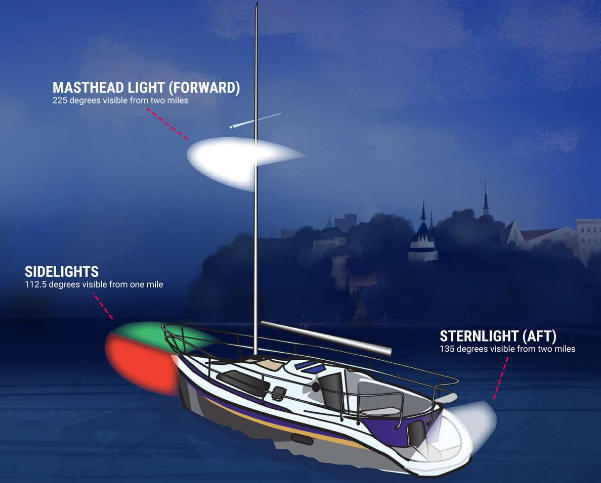
Each light has to be set at the proper level and in the proper position with respect to the vessels centerline. Unsightly alignments can result in confusion in the visibility zones, which can lead to misinterpretation from other vessels, particularly in channels that are congested or when navigation is conducted at night.
2. Regular Inspection and Maintenance
Regular inspections and preventive maintenance of navigation lights is crucial methods to ensure operational and in compliance. The vessel’s operators must check the the intensity of light as well as color accuracy and the clarity of the lens prior to each journey. Switches, electrical wiring and power sources need to be examined for loose connections, corrosion or voltage fluctuations.
The maritime authorities typically recommend keeping extra LED bulbs or LED modules aboard, as well as a backup source of power to ensure that lighting is uninterrupted. Maintenance records must be recorded and checked during safety audits and port inspections. A proactive maintenance approach can help to avoid any last-minute issues which could lead to violations or dangers to navigation.
3. Training and Crew Awareness
The ability of the crew is equally crucial to ensure conformity. Everyone on the crew in charge of navigation needs to be educated to recognize common lighting configurations and comprehend the meanings of them under rules for sea and inland. For instance, knowing the distinction between a fishing boat’s green-over-white lights as well as a restricted maneuvering vessel’s red-white-red-red sequence could avoid collisions and misjudgments.
Training in night-time simulation tools can improve the ability to recognize visuals and help ensure that crew members are able to respond to the changing environment of navigation. The continuous education programs for mariners help them keep up-to-date on any changes to international or inland lighting regulations.
4. Using Technology to Support Compliance
The technological advancements made compliance much easier and secure. LED navigation lights, currently widely used, provide constant brightness, longer life span and lower power consumption, thereby meeting IMO or regional norms. Modern bridge systems typically incorporate monitors for navigation lights which provide real-time notifications if lights fail or lose power.
Digital systems like The Automatic Identification System (AIS) enhance physical lights by sending information about vessels electronically to nearby vessels and maritime authorities. Although AIS is not a replacement for lighting for navigation, it does enhance awareness of the current situation and functions as a verification tool.
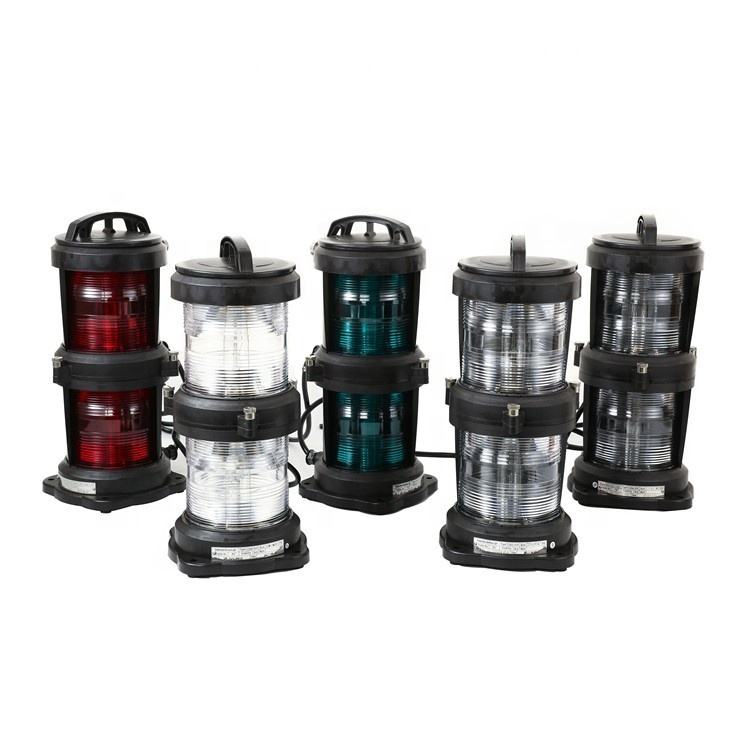
5. Adhering to Local and International Inspections
The operators of vessels should be conscious that both inland and maritime authorities carry out periodic inspections to ensure the compliance of navigation light regulations. Inspections could include physical verification of light sources inspection of maintenance logs and a review of the knowledge of crew members. Maintaining clear records and adhering strictly to the guidelines will help avoid penalties and delays.
Compliance is also tightly connected to the validity of insurance. In the case of an accident, maritime investigators and insurance companies determine if the vessel was operating with the correct lighting at the moment when the event occurred. Being consistent in compliance could safeguard operators from legal and financial liability.
6. Promoting a Safety-First Culture
Beyond the technical aspect the compliance with navigation lights regulations reflect a wider professional and safe culture. Schiffs that regularly display the proper lights demonstrate confidence and a sense of awareness, which fosters trust between mariners. A systematic approach that combines the right equipment, routine checks and skilled personnel ensures that both navigation in the inland and at sea remains safe, stable and secure.
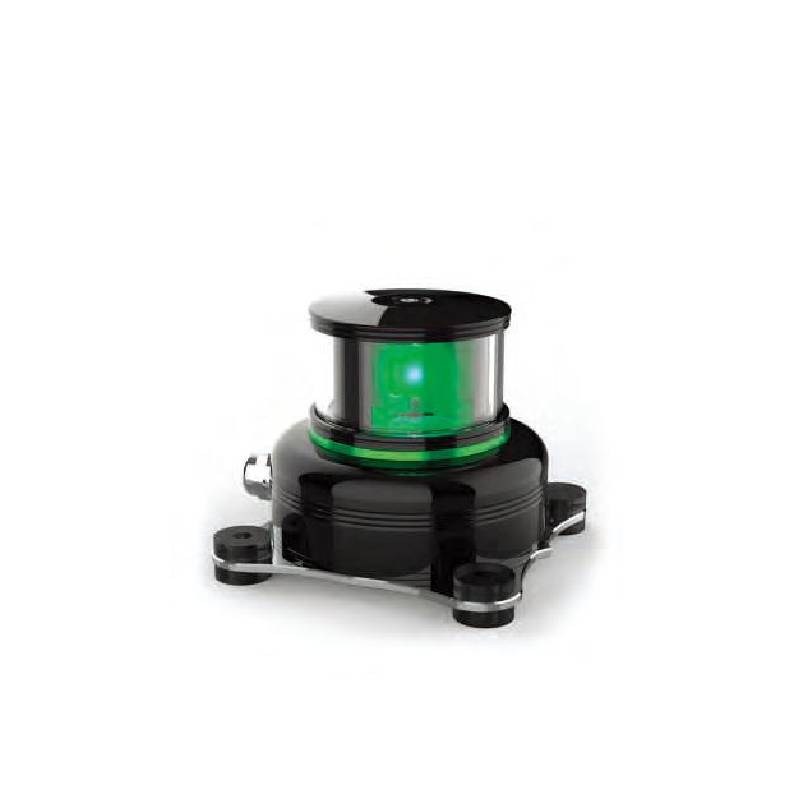
Final Thoughts
While the primary purpose of navigation lights is the same, to enhance safety in maritime operations, The regulatory frameworks that govern the inland and sea operations vary to reflect the changing operational and environmental conditions. Inland waterways require more precise localized regulations and sea operations depend on global consistent COLREG standards. Knowing and adhering to these distinctions are essential for maritime personnel who navigate today’s interconnected waterways.
